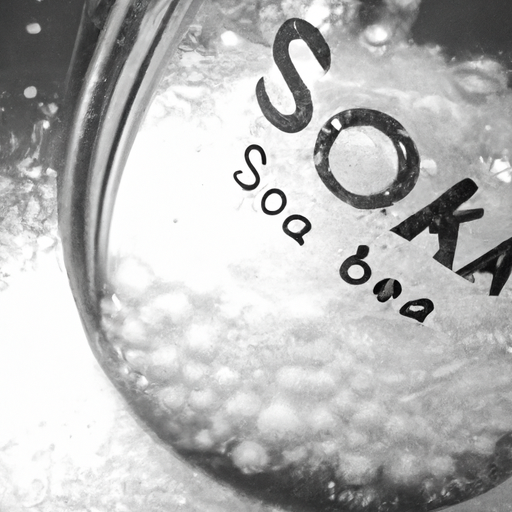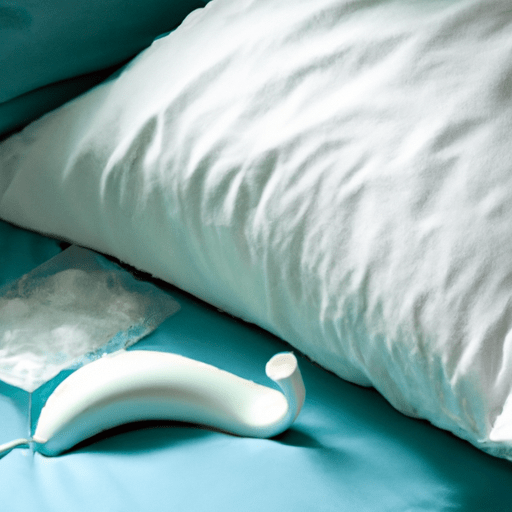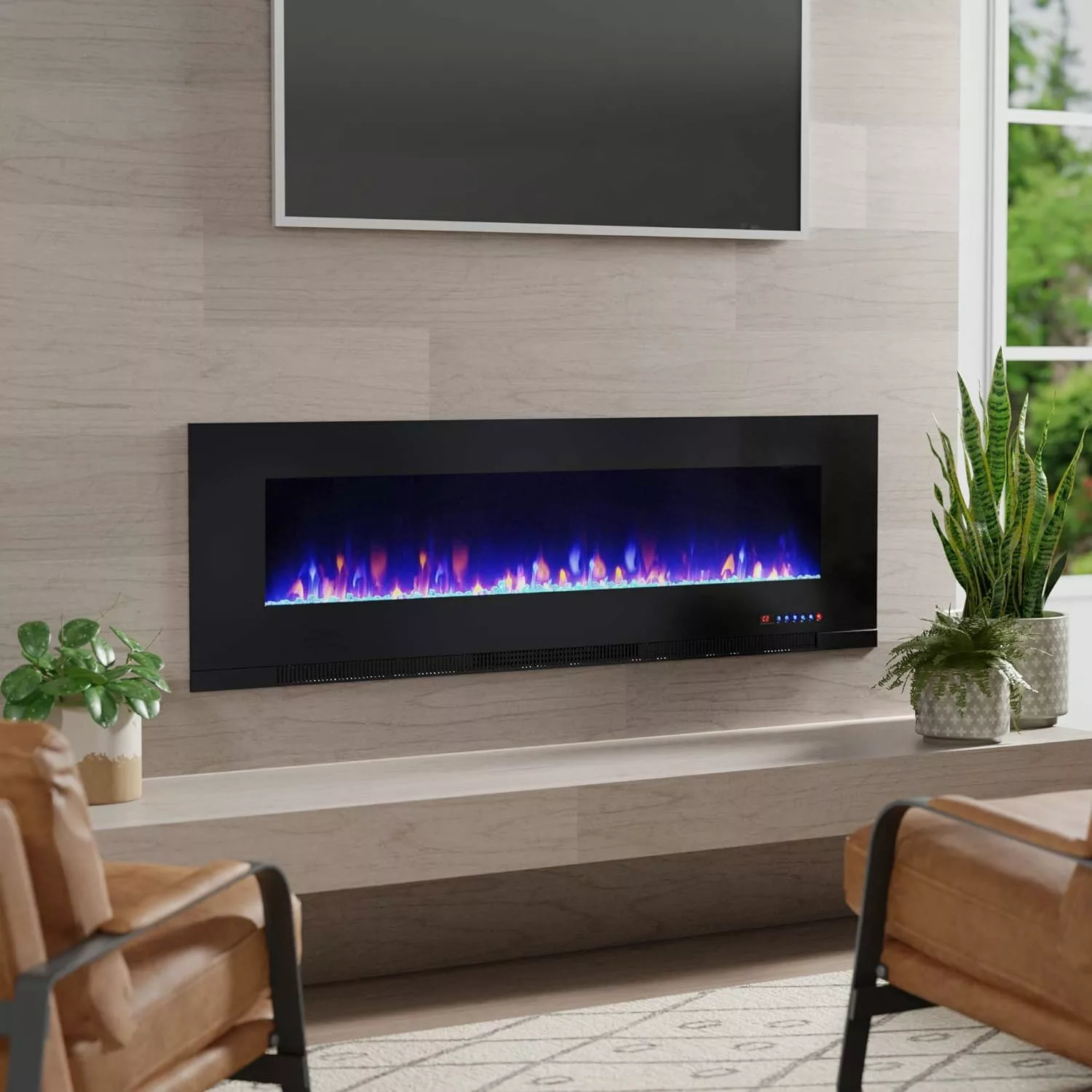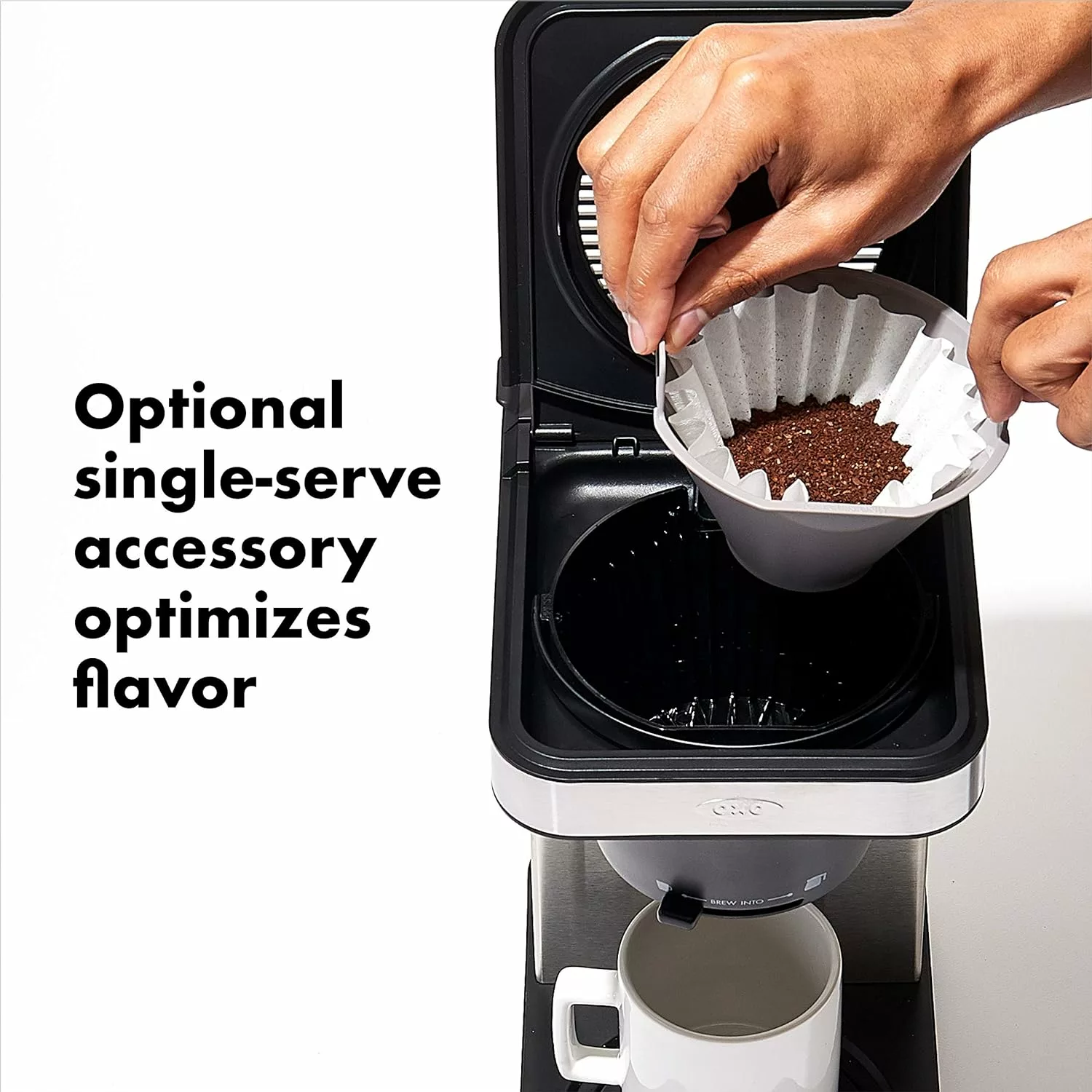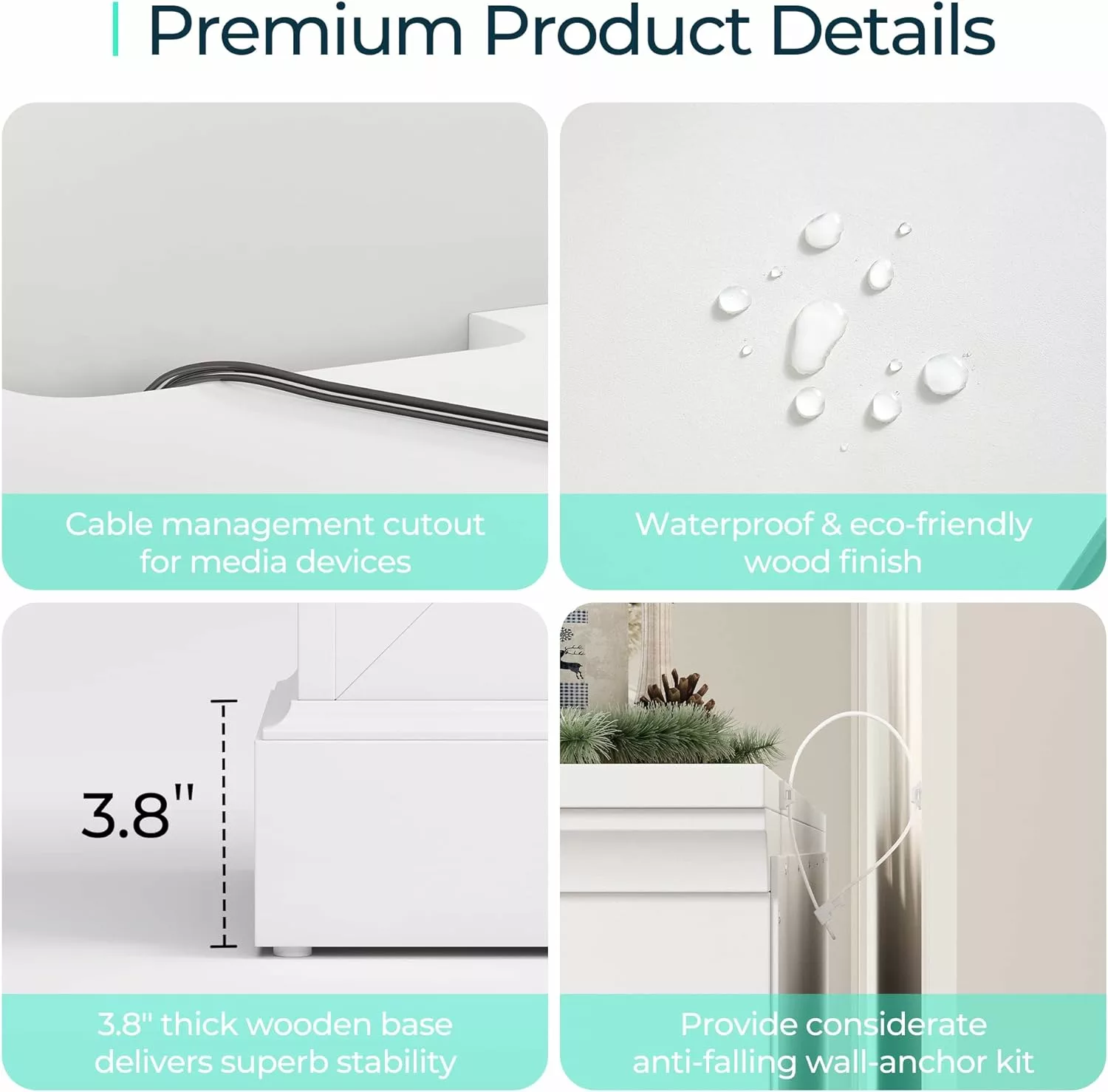Are you a hot tub owner in search of the perfect balance for optimal water quality? Look no further! In this article, we will reveal the proper amount of baking soda you need to raise alkalinity in your hot tub. Achieving the ideal pH level in your hot tub is essential for a pleasant and hygienic experience. With our simple guide, you’ll have the knowledge to maintain your hot tub’s alkalinity effortlessly. Say goodbye to murky waters and hello to crystal-clear relaxation!
Importance of Alkalinity in a Hot Tub
What is alkalinity?
Alkalinity refers to the ability of water to resist changes in pH. In simpler terms, it measures the water’s capacity to maintain a stable pH level. It is an essential parameter to consider in maintaining a clean and healthy hot tub environment.
Why is alkalinity important in a hot tub?
Alkalinity plays a crucial role in stabilizing the pH level of the hot tub water. It acts as a buffer against rapid pH changes caused by various factors like chemicals, weather, and usage. Without proper alkalinity levels, the pH can fluctuate, leading to potential issues such as corrosion, scaling, or inefficient sanitization. Maintaining the ideal alkalinity range is vital for keeping the water balanced and conducive to relaxation and enjoyment.
Understanding Baking Soda
What is baking soda?
Baking soda, scientifically known as sodium bicarbonate (NaHCO3), is a common household product with diverse uses, including baking, cleaning, and even as a beauty treatment. When it comes to hot tub maintenance, baking soda also plays a significant role in regulating alkalinity.
How does baking soda affect alkalinity in a hot tub?
Baking soda acts as a pH buffer and can raise the alkalinity level of the hot tub water. It works by neutralizing excess acids or bases, thereby helping to stabilize the pH. Baking soda is an effective and accessible option for hot tub owners to maintain their water’s alkalinity levels without resorting to more specialized alkalinity increasers.

This image is property of images.pexels.com.
Determining the Initial Alkalinity Level
Testing the alkalinity of your hot tub water
To determine the alkalinity level in your hot tub, you can use testing kits specifically designed for such purposes. These kits typically contain test strips or liquid reagents that provide accurate measurements. Follow the instructions provided with the kit to obtain a reliable reading.
Interpreting the test results
Once you have tested your hot tub water, you will receive a measurement indicating the alkalinity level. The ideal alkalinity range for a hot tub is typically between 80 and 120 parts per million (ppm). If your alkalinity level falls outside this range, you will need to take steps to adjust it accordingly using baking soda or other alkalinity increasers.
Calculating the Amount of Baking Soda Needed
Factors influencing the amount of baking soda required
Several factors can affect the amount of baking soda needed to raise alkalinity in your hot tub. The volume of water in your hot tub, the current alkalinity level, and the desired increase in alkalinity are essential factors to consider when calculating the amount of baking soda required.
Using a formula to calculate the optimal amount
To calculate the approximate amount of baking soda needed, you can use a simple formula. First, calculate the volume of your hot tub in gallons. Next, determine the difference between the current alkalinity level and the desired level. Finally, utilize the formula provided below:
Amount of Baking Soda (in ounces) = Volume of Hot Tub (in gallons) × (Difference in Alkalinity / 10)
Remember to always follow the instructions on the baking soda packaging and adjust the amount accordingly based on individual product recommendations and your hot tub’s specific requirements.

This image is property of images.pexels.com.
Method 1: Raising Alkalinity with Baking Soda
Step 1: Measure the alkalinity level
Begin by testing the alkalinity of your hot tub water using a reliable testing kit. Record the initial alkalinity reading to compare it with the desired range later.
Step 2: Calculate the amount of baking soda needed
Using the formula mentioned earlier, determine the appropriate amount of baking soda required to raise the alkalinity to the desired level. Remember to consider the volume of your hot tub, the initial alkalinity reading, and the desired increase.
Step 3: Add the baking soda to the hot tub
Slowly sprinkle the measured amount of baking soda into the hot tub water while it circulates. Ensure the baking soda dissolves completely to prevent any residue or undissolved particles. Allow the water to circulate and retest the alkalinity after a few hours. Repeat the process if necessary until the desired alkalinity range is achieved.
Method 2: Using Baking Soda as a pH Buffer
Understanding the relationship between alkalinity and pH
Alkalinity and pH are interconnected, with alkalinity playing a vital role in keeping the pH level stable. If the pH level of the hot tub water shifts too much, it can lead to discomfort for bathers and diminish the effectiveness of sanitizers. Baking soda can act as a pH buffer, helping to maintain stable pH levels and promote a more enjoyable hot tub experience.
Using baking soda to stabilize pH levels
To use baking soda as a pH buffer, calculate the amount of baking soda required to raise the alkalinity to the desired level. As mentioned earlier, follow the formula provided and gradually add the measured baking soda to the hot tub water. This method helps prevent rapid fluctuations in pH, providing a balanced environment for hot tub users.

This image is property of images.pexels.com.
Monitoring the Alkalinity Levels
The importance of regular testing
Maintaining proper alkalinity levels in your hot tub is an ongoing process. Regularly test the water using a reliable testing kit to ensure the alkalinity remains within the desired range. Monitor the alkalinity at least once a week or as recommended by the hot tub manufacturer to prevent any imbalances and address them promptly.
Adjusting alkalinity as necessary
If the alkalinity level drifts outside the recommended range, make the necessary adjustments using baking soda or other alkalinity increasers. Follow the steps mentioned earlier or consult with a professional for guidance. Regular monitoring and timely adjustments will help you maintain a clean and balanced hot tub environment for optimal enjoyment.
Common Mistakes and Troubleshooting
Overdosing with baking soda
While baking soda is a safe and effective method to raise alkalinity, it is essential to avoid overdosing. Adding too much baking soda can result in excessively high alkalinity levels, which can lead to cloudiness, scaling, or even skin and eye irritation. Always follow the recommended guidelines and calculations to prevent such issues.
Other potential causes of alkalinity imbalance
It is worth noting that alkalinity imbalances can be caused by factors other than insufficient baking soda or improper usage. Environmental factors like rainwater, debris, or even the source water quality can impact the alkalinity. Regular testing and monitoring will help identify and address any other potential causes of alkalinity imbalance.
Alternative Methods to Increase Alkalinity
Using specific alkalinity increasers
Aside from baking soda, specific alkalinity increasers designed for hot tubs are available in the market. These products are formulated to adjust alkalinity levels without impacting other water parameters such as pH. Consult the manufacturer’s instructions to use these specialized products effectively and maintain optimal alkalinity levels.
Considering the use of other chemicals
While baking soda and alkalinity increasers are commonly used to adjust alkalinity, there may be instances where other chemicals are necessary. Consult with a water chemistry professional or hot tub manufacturer if you experience persistent alkalinity issues or require specialized treatment for your specific hot tub setup.
Conclusion
Understanding the appropriate amount of baking soda to raise alkalinity in your hot tub is crucial for its overall maintenance and water quality. Alkalinity plays a significant role in stabilizing pH levels, promoting a clean and comfortable hot tub environment. Whether using baking soda as a primary alkalinity increaser or as a pH buffer, following the recommended calculations and regularly testing the water will help you ensure the ideal alkalinity levels. By maintaining proper alkalinity, you can enjoy your hot tub to the fullest while safeguarding its longevity and the health of its users.
